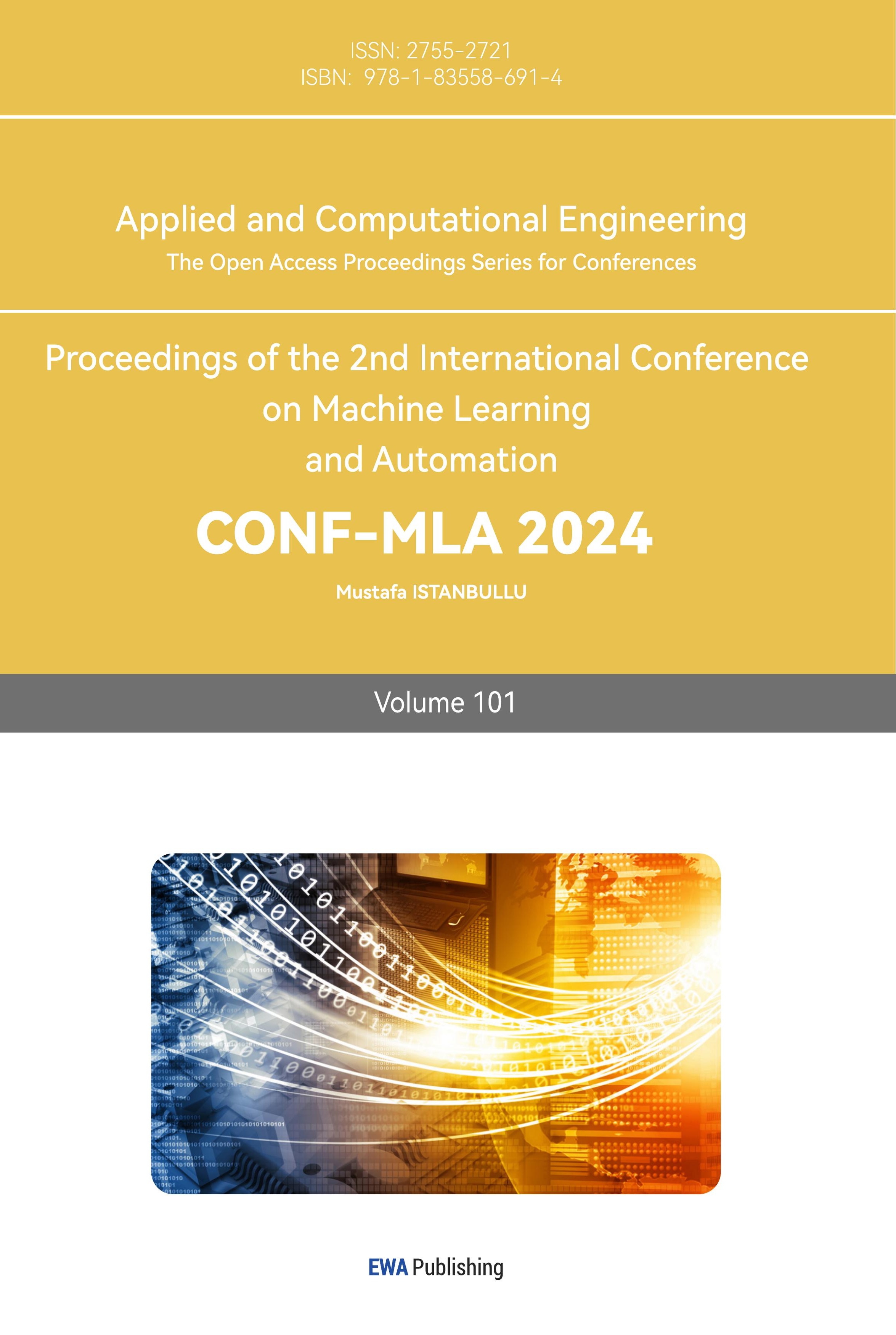References
[1]. Blickhan,R.(1989).Thespring-massmodelforrunningandhopping.JournalofBiomechanics,22(11-12),1217-1227.
[2]. McMahon, T.A., & Cheng, G.C. (1990). The mechanics of running: how does stiffness couple with speed? Journal of Biomechanics, 23, 65-78.
[3]. Birn-Jeffery,A.V.,&Higham,T.E.(2014).Thescalingofuphillanddownhilllocomotioninleggedanimals.Integrative and Comparative Biology, 54(6), 1159-1172.
[4]. Davies, C.T., & Rennie, D.W. (1997). Human power output during ascending and descending at different gradients and speeds. Journal of Physiology, 264(3), 803-815.
[5]. Herr, H., & Popovic, M. (2008). Angular momentum in human walking. Journal of Experimental Biology, 211(Pt 4), 467-481.
[6]. Geyer,H.,Seyfarth,A.,&Blickhan,R.(2006).Compliantlegbehaviourexplainsbasicdynamicsofwalkingandrunning. Proceedings of the Royal Society B, 273(1602), 2861–2867.
[7]. Dadfar, M., Sheikhhosseini, R., Jafarian, M., & Esmaeili, A. (2021). Lower extremity kinematic coupling during single and double leg landing and gait in female junior athletes with dynamic knee valgus. BMC Sports Science, Medicine and Rehabilitation, 13, Article 152.
[8]. Minetti,A.E.,Moia,C.,Roi,G.S.,Susta,D.,&Ferretti,G.(2002).Energycostofwalkingandrunningatextremeuphill and downhill slopes. Journal of Applied Physiology, 93(3), 1039-1046.
[9]. MAE 5070-Dynamic Systems and Control. (n.d.). Dynamical Equations. Cornell University Course Materials. Retrieved April 16, 2024.
[10]. MIT OpenCourseWare. (n.d.). Introduction to Oscillations and Waves. Massachusetts Institute of Technology. Retrieved April 16, 2024.
[11]. GoswamiA,EspiauB,KeramaneA.Limitcyclesinapassivecompassgaitbipedandpassivity-mimickingcontrollaws[J]. Autonomous Robots, 1997, 4: 273-286.
[12]. Farley,C.T.,&Gonzalez,O.(1996).Legstiffnessandstridefrequencyinhumanrunning.JournalofBiomechanics,29(2), 181-186.
[13]. Padulo, J., Powell, D., & Milia, R. (2013). Biomechanics and Physiology of Uphill and Downhill Running. Sports Medicine, 43(3), 207-221.
[14]. Ijspeert, A. J. (2014). Biorobotics: Using robots to emulate and investigate agile locomotion. Science, 346(6206), 196-203.
[15]. McMahon, T.A., & Cheng, G.C. (1990). The mechanics of running: how does stiffness couple with speed? Journal of Biomechanics, 23, 65-78.
[16]. Hibbeler, R. C. (2016). Engineering Mechanics: Statics (14th ed.). Pearson Education.
[17]. Alexander,R.McN.(1984).ElasticMechanismsinAnimalMovement.CambridgeUniversityPress.
Cite this article
Deng,C. (2024). Uphill dynamics: A spring-mass model analysis of sloped walking. Applied and Computational Engineering,101,1-10.
Data availability
The datasets used and/or analyzed during the current study will be available from the authors upon reasonable request.
Disclaimer/Publisher's Note
The statements, opinions and data contained in all publications are solely those of the individual author(s) and contributor(s) and not of EWA Publishing and/or the editor(s). EWA Publishing and/or the editor(s) disclaim responsibility for any injury to people or property resulting from any ideas, methods, instructions or products referred to in the content.
About volume
Volume title: Proceedings of the 2nd International Conference on Machine Learning and Automation
© 2024 by the author(s). Licensee EWA Publishing, Oxford, UK. This article is an open access article distributed under the terms and
conditions of the Creative Commons Attribution (CC BY) license. Authors who
publish this series agree to the following terms:
1. Authors retain copyright and grant the series right of first publication with the work simultaneously licensed under a Creative Commons
Attribution License that allows others to share the work with an acknowledgment of the work's authorship and initial publication in this
series.
2. Authors are able to enter into separate, additional contractual arrangements for the non-exclusive distribution of the series's published
version of the work (e.g., post it to an institutional repository or publish it in a book), with an acknowledgment of its initial
publication in this series.
3. Authors are permitted and encouraged to post their work online (e.g., in institutional repositories or on their website) prior to and
during the submission process, as it can lead to productive exchanges, as well as earlier and greater citation of published work (See
Open access policy for details).
References
[1]. Blickhan,R.(1989).Thespring-massmodelforrunningandhopping.JournalofBiomechanics,22(11-12),1217-1227.
[2]. McMahon, T.A., & Cheng, G.C. (1990). The mechanics of running: how does stiffness couple with speed? Journal of Biomechanics, 23, 65-78.
[3]. Birn-Jeffery,A.V.,&Higham,T.E.(2014).Thescalingofuphillanddownhilllocomotioninleggedanimals.Integrative and Comparative Biology, 54(6), 1159-1172.
[4]. Davies, C.T., & Rennie, D.W. (1997). Human power output during ascending and descending at different gradients and speeds. Journal of Physiology, 264(3), 803-815.
[5]. Herr, H., & Popovic, M. (2008). Angular momentum in human walking. Journal of Experimental Biology, 211(Pt 4), 467-481.
[6]. Geyer,H.,Seyfarth,A.,&Blickhan,R.(2006).Compliantlegbehaviourexplainsbasicdynamicsofwalkingandrunning. Proceedings of the Royal Society B, 273(1602), 2861–2867.
[7]. Dadfar, M., Sheikhhosseini, R., Jafarian, M., & Esmaeili, A. (2021). Lower extremity kinematic coupling during single and double leg landing and gait in female junior athletes with dynamic knee valgus. BMC Sports Science, Medicine and Rehabilitation, 13, Article 152.
[8]. Minetti,A.E.,Moia,C.,Roi,G.S.,Susta,D.,&Ferretti,G.(2002).Energycostofwalkingandrunningatextremeuphill and downhill slopes. Journal of Applied Physiology, 93(3), 1039-1046.
[9]. MAE 5070-Dynamic Systems and Control. (n.d.). Dynamical Equations. Cornell University Course Materials. Retrieved April 16, 2024.
[10]. MIT OpenCourseWare. (n.d.). Introduction to Oscillations and Waves. Massachusetts Institute of Technology. Retrieved April 16, 2024.
[11]. GoswamiA,EspiauB,KeramaneA.Limitcyclesinapassivecompassgaitbipedandpassivity-mimickingcontrollaws[J]. Autonomous Robots, 1997, 4: 273-286.
[12]. Farley,C.T.,&Gonzalez,O.(1996).Legstiffnessandstridefrequencyinhumanrunning.JournalofBiomechanics,29(2), 181-186.
[13]. Padulo, J., Powell, D., & Milia, R. (2013). Biomechanics and Physiology of Uphill and Downhill Running. Sports Medicine, 43(3), 207-221.
[14]. Ijspeert, A. J. (2014). Biorobotics: Using robots to emulate and investigate agile locomotion. Science, 346(6206), 196-203.
[15]. McMahon, T.A., & Cheng, G.C. (1990). The mechanics of running: how does stiffness couple with speed? Journal of Biomechanics, 23, 65-78.
[16]. Hibbeler, R. C. (2016). Engineering Mechanics: Statics (14th ed.). Pearson Education.
[17]. Alexander,R.McN.(1984).ElasticMechanismsinAnimalMovement.CambridgeUniversityPress.









